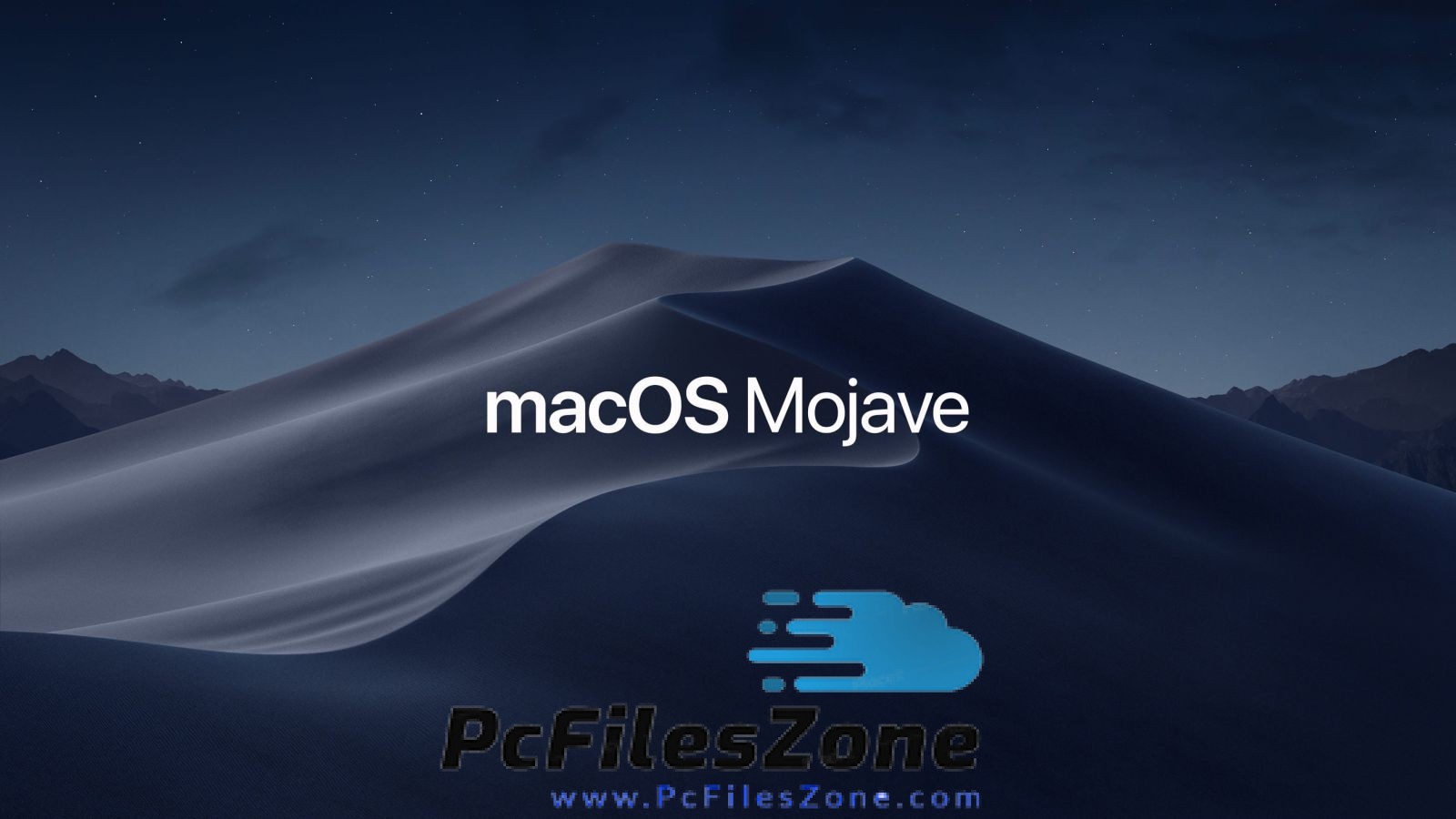Most expenses within a fund are variable; however, the variable expenses are fixed within the fund. For example, a fee consuming 0.5% of the fund’s assets will always consume 0.5% of the assets regardless of how it varies. The articles and research support materials available on this site are educational and are not intended to be investment or tax advice. All such information is provided solely for convenience purposes only and all users thereof should be guided accordingly. Of course, our beloved expense ratio calculator includes this functionality already. The first considers an initial investment for which we will use the formula for the money’s future value.
Because an expense ratio reduces a fund’s assets it reduces the returns investors receive. Meaning that if you have $100,000 invested into a fund with an expense ratio of 1.2% you will pay $1,200 a year to cover your share of the operating costs. But if you were to find a fund with a 1% expense ratio you would save $200 each year in expenses https://intuit-payroll.org/ with the same investment. A lower OER typically means the property is being managed efficiently and is more profitable for investors, and that less of the property’s income is covering operational and maintenance costs. If the business is scalable, the owner may increase the rent on each unit without greatly increasing operating expenses.
- This fee is a little controversial, as investors pay the fund house to market their funds and increase their customer base.
- For instance, a passively managed fund with an expense ratio of 0.9% wouldn’t be ideal as it is almost five times higher than the average.
- The expense ratio is the percentage that denotes the amount of money you are paying to the AMC as a fee to manage your investments.
- In the long run, a seemingly small difference in expense ratios can lead to a significant disparity in portfolio value.
- Our model is now missing only one assumption – the total operating expenses – which we’ll assume to be $8 million.
For example, if a fund has an expense ratio of 1%, it means that each year 1% of the fund’s total assets will be used to pay for management fees, administrative costs, and other expenses. The expense ratios for mutual funds generally tend to be higher than those of ETFs. While ETF expense ratios top out at no more than 2.5%, mutual fund costs can be significantly higher. Operating fund costs vary greatly depending on the investment category, investment strategy, and the size of the fund.
Real example: SPY ETF vs. ARKK ETF
Simply put, the real cost of a 1% fee isn’t just 1% of your assets. Although expense ratios erode small returns from funds, they might lead to significant decreases in return on investment over a more extended period. There is no number to a ‘good’ expense ratio; it is always looked at in comparison to another. It is best kept low because it is your hard-earned money, after all, and every penny counts.
Best Brokerage Accounts for Stock Trading
A high expense ratio raises the minimum threshold in performance to generate the same returns as a fund with a lower expense ratio. Rather than being directly charged to investors, operating expenses indirectly reduce the fund’s total assets (and thus the returns to investors). One of the most striking expense ratio comparisons between index funds (aka passive funds) and actively managed funds. Both these types of funds charge different expense ratios owing to the difference in their style of managing the investment portfolio.
But, after accounting for the expense ratios, investors in AFX received a net return of 8.50%, while IFX investors enjoyed a higher net return of 8.95%. If you don’t want the higher risk of an actively managed fund then Fund C is the one that you should choose as it has a low expense ratio and is passively managed. Fund B is slightly above the average for actively managed funds and would cost you $260. Take a hypothetical example, where Investor A owns a multi-family apartment building and brings in $65,000 per month in rent. The investor also pays $50,000 for operating expenses including his monthly mortgage payments, taxes, utilities, and so on.
How Expense Ratios Work
Because managing vacancies are included in efficient property management, including vacancies in an OER gives a more accurate picture of operating expenses and shows where improvements may be made. For example, a poorly managed property will most likely have higher vacancy rates, which will be reflected in the OER. In order to calculate the OER for a property, you need to know the operating expenses. These include all fees and costs incurred as the normal costs of doing business. You will also need to calculate the property’s depreciation expense, which will vary by the particular accounting method employed. If a fund’s assets are $2,000,000 and the expense ratio is 2%, the fund’s total operating expenses would be $40,000.
Understanding how to evaluate expense ratios correctly can significantly impact your investment decisions, potentially saving you a significant amount in fees over the long run. Total annual fund operating expenses are the total costs a fund incurs in a year. It includes every expense ranging from management salaries to rent and marketing costs. The expense ratio tells them how much it costs to manage a fund.
You have narrowed your search down to three options but want to know which fund would be best to choose. If this was too much, don’t worry, we integrate all of them into our expense ratio calculator, so you can play with the numbers as you wish until you get it. Our partners cannot pay us to guarantee favorable reviews of their products or services.
Therefore, the variable expense ratio measures the amount a company must pay in variable costs to produce a specific number of product units, relative to the revenue generated from selling those products. These expenses can include office supplies, employee salaries, rent, and a variety of other costs. Administrative fees are typically less than 0.5% per year and are the second largest component of expense ratios. Expense ratio can also be calculated by taking the annual operating expense and dividing it by the fund’s average net assets.
The Operating Expense Ratio (OER) measures the proportion of a real estate investment property’s gross income that is allocated towards operating expenses. Whether an expense ratio is considered good or bad depends on the management style of the fund. For instance, a passively managed fund with an expense ratio of 0.9% wouldn’t be ideal as it is almost five times higher than the average.
Mutual funds that invest in large companies should not have an expense ratio above 1% while funds that invest in smaller companies should not have an expense ratio above 1.25%. There are funds with expense ratios higher than this, and they can either be viewed as expensive funds or funds that provide a special service justifying their high cost. While these fees are not directly involved with making the investment decisions, they are required to ensure the mutual fund is run correctly and within the Securities and Exchange Commission’s requirements.
Keep in mind that your $4,000 share of costs does not include any trading activities, commissions, or loads. It’s simply your share of the management costs to actually run and operate the fund for the year. Suppose a real estate investment firm acquired a residential building with a total of 100 temporary and permanent differences units and a market rate rent of $4k per month. Go a level deeper with us and investigate the potential impacts of climate change on investments like your retirement account. For a real-world application of this principle, let’s say that you have $20,000 that you want to invest in a mutual fund.
Its articles, interactive tools and other content are provided to you for free, as self-help tools and for informational purposes only. NerdWallet does not and cannot guarantee the accuracy or applicability of any information in regard to your individual circumstances. Examples are hypothetical, and we encourage you to seek personalized advice from qualified professionals regarding specific investment issues. Our estimates are based on past market performance, and past performance is not a guarantee of future performance. Depending on the type of fund you’re investing in, expense ratio may be very important or not very useful in evaluating your investment.





Comments